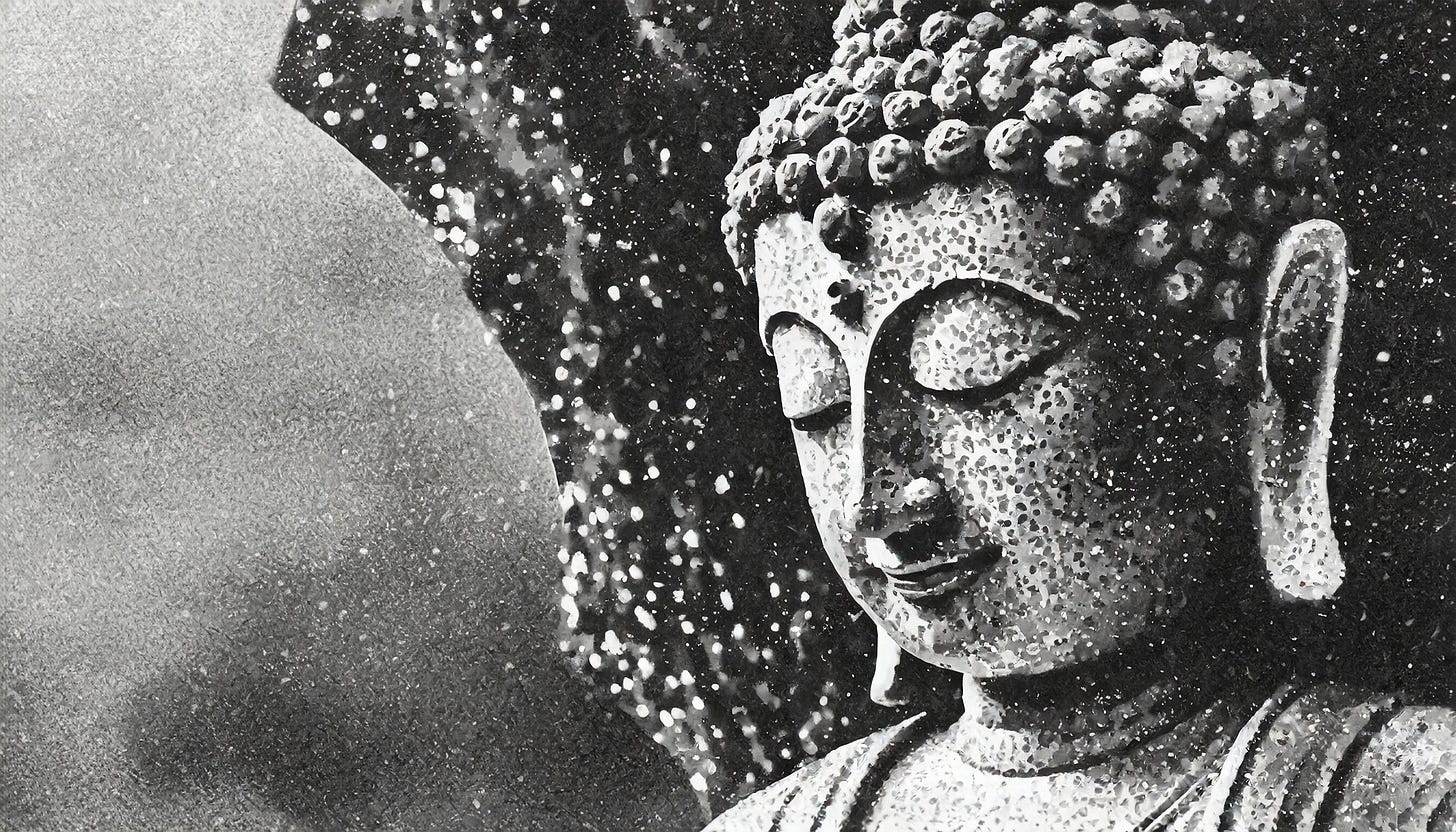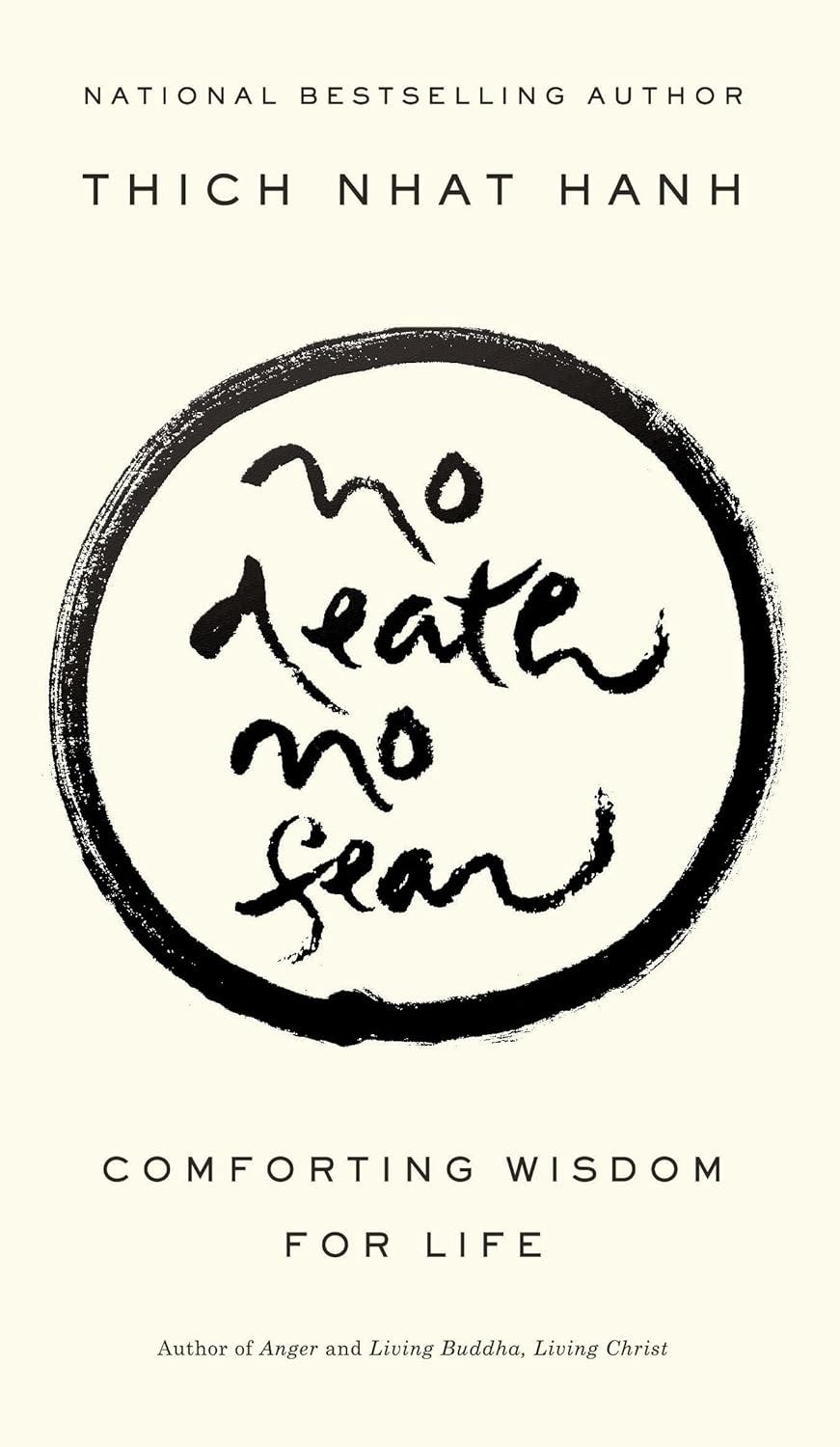[Mogharaja:]
Twice now, O Sakyan,
I've asked you,
but you, O One with Eyes,
haven't answered me.
"When asked the third time,
the divine seer answers":
so I have heard.
This world, the next world,
the Brahma world with its devas:
I don't know how they're viewed
by the glorious Gotama.
So to the one who has seen
to the far extreme,
I've come with a question:
One who regards the world in what way
isn't seen by Death's King?
[The Buddha:]
Always mindful, Mogharaja,
regard the world as
empty,
having removed any view
in terms of self.
This way
one is above and beyond death.
One who regards the world
in this way
isn't seen by Death's King.
— Mogharaja's Question (Sn 5.15)
May we be deathless,
Simeon
Quote of the Week
“The fear of death follows from the fear of life. A man who lives fully is prepared to die at any time.”
— Mark Twain (attributed)
Buddhist Emptiness Explained
Buddhist emptiness isn’t about void or absence; it’s about seeing the world without the filters of fixed identity. In this video, we dive into how this realization frees us—not just from suffering, but from the illusion of permanence that keeps us bound.
Suggested Reading
"No Death, No Fear: Comforting Wisdom for Life" by Thich Nhat Hanh
What if death is a misconception? In No Death, No Fear, Thich Nhat Hanh invites us to look deeply into the nature of life and death, revealing the timeless truth of their interconnectedness. His words are a gentle reminder that nothing truly dies—everything transforms.




